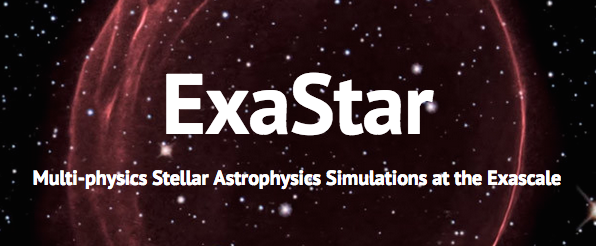I am a Distinguished Scientist in the Scientific Computing and Theoretical Physics Groups at Oak Ridge National Laboratory and I currently serve as the Director of Science for the Oak Ridge Leadership Computing Facility. I am also a Joint Faculty Professor in the Department of Physics & Astronomy at the University of Tennessee.
I have spent a lot of time learning about, using, helping to build, programming, and otherwise finding excuses to be around many of the world’s biggest computers over the past 25 years or so. A lot of this effort has been dedicated to using these machines to study the death of stars and the formation of compact objects like neutron stars and black holes.





